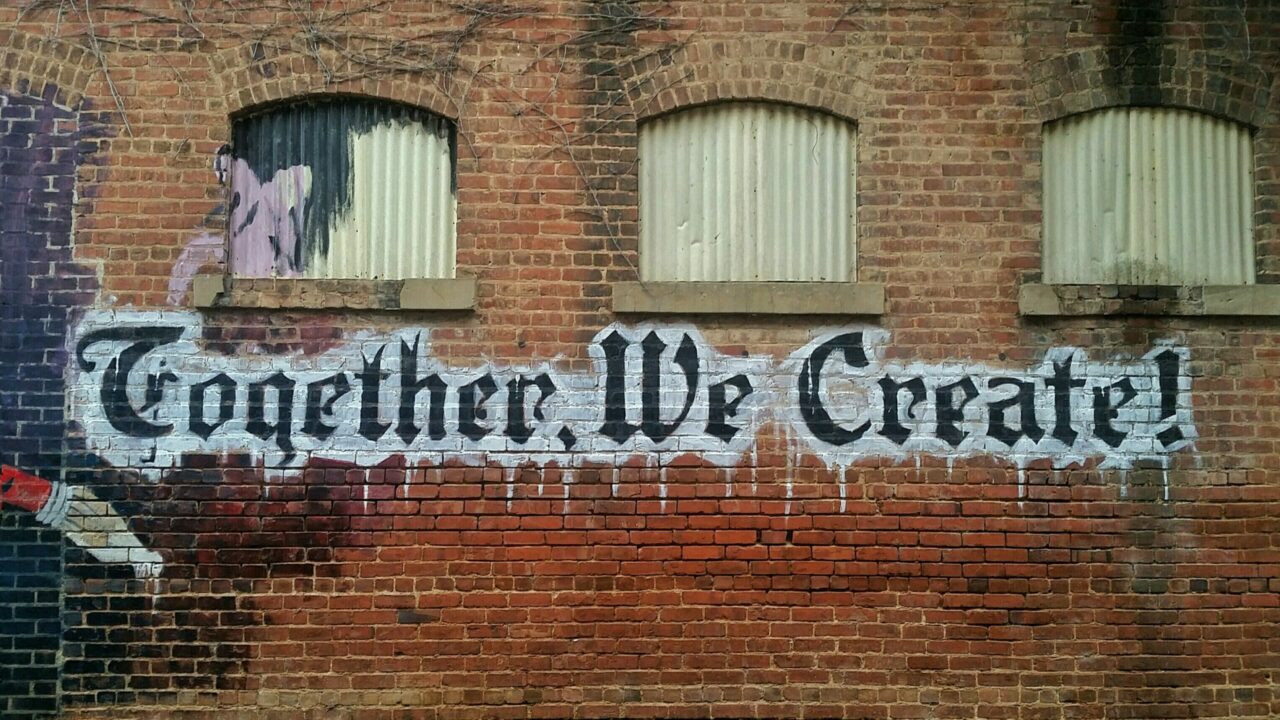Mobilizing Communities
Triggered by the invitation, Elisabeth and Fabiana participated in an online workshop organized by Partos about community mobilization. The aim of the workshop was to introduce two different tools developed and used by ‘The Hunger Project’ and ‘The movements for community-led development’. The first one, an online interactive VCA (Vision, Commitment and Action) manual, and the second one a Quality Appraisal Tool for CLD (Community Led Development) Evaluations.

Discussion and tools about community mobilization
The workshop started with a brief introduction and group discussions that focused on the concept of resistance to change. As an icebreaker, two questions were introduced to the audience to be discussed in small break-out rooms:
- Which beliefs, biases, convictions cause resistance to change?
- Which attitudes, behaviour, practices and beliefs demonstrate a leadership mindset?
Elisabeth’s group discussed the essential qualities of a good leader. Next to being a creative facilitator, they highlighted that a leader should be benevolent and ambitious. The group also explored effective ways to gain the community’s trust, concluding that transparency and open-mindedness are needed to gain the community’s trust. Finally, as similar qualities between leaders and designers emerged in the discussion, the group concluded pondering on the role of designers as leaders or facilitators in mobilising communities.
On the other hand, Fabiana’s group touched upon social conditioning as an element that enhances resistance to change. The fear of “not being good enough” can make people prefer to stay in a safe space where change is not needed. Furthermore, the group reflected on elements that seem essential in a person who is influential like having intrinsic motivation, willingness to listen, and being curious and open to new ideas.
After the discussions, the format of the workshop changed and the tools were explained in two presentations. The interactive VCA manual was introduced by Irene Naikaali from The Hunger Project, in an energetic presentation about the leadership mindset for transformative change. This process aims to facilitate a mind shift and can be used in workshops or community settings, providing support to organizations that aim to strengthen the capacity and voice of local communities to eventually lead their own development.
The second presentation by Gunjan Veda from MCLD introduced a tool for strengthening CLD. It offered a Quality Appraisal Tool for CLD Evaluations which enables personnel to reflect on the impact of the CLD implementation and ways to measure its success. The result is a 13-question tool. The presentation had a largely positive reception. However, some participants who had already downloaded the tool pointed out their struggles with the interface’s usability and the overwhelming amount of text. Elisabeth raised a question on the potential use case from a design perspective, which led to the conclusion that it should be a source of inspiration to reflect and evaluate the impact of a community-led collaborative design session.
The workshop ended with a Q&A to hear the main takeaways of participants from the session.

Some reflections from the experience
After the workshop, Elisabeth and Fabiana reflected on their experience in the session and drew some conclusions and opinions regarding how it was organized and presented.
First, they both felt that the initial discussion in small break-out rooms was very insightful and eclectic due to the diverse mindsets and backgrounds of the participants. The diversity of the teams plus the time to share thoughts where everyone could feel listened enriched the discussions. The combination of different ages, professions, origins, lived experiences and mindsets emerged definitely as key elements that, even from simple initial questions, gave the boost for the exchange of ideas and learnings. Unfortunately, the discussions were the only collaborative moment of the workshop, as the main objective of the session was to introduce the two aforementioned tools. As such, the format of the workshops changed and the participant adopted a more passive role.
The tools seem to be very useful and well developed. The presenters were very enthusiastic and for sure very knowledgeable. However, Elisabeth and Fabiana felt it was very hard to follow the explanations and understand how the tools could be used in practice. Both explanations were very theoretical and the presenters did not provide the audience with clear examples of how to use them and what could be the outcomes. Especially the second tool, having an Excel format, didn’t provide much clarity to the participants on how to apply the knowledge into concrete actions. Perhaps, the development of effective visualizations and storytelling regarding the usability of the tools would give the missed clarity.
In conclusion, Elisabeth and Fabiana felt that going back to the format of small break-out rooms and active discussions could enhance a better understanding of the tools. Giving examples and providing the teams with a case study and some prompting questions to reflect and ideate with maybe can have better results. Even the possibility of reflecting on personal projects and imagining how the tools could be implemented would be a good start to create a moment of learning by doing.
Definitely participating in these kinds of events is an enriching experience for the team. Not only to learn about new tools and methods but also about how to communicate and build stronger communities.